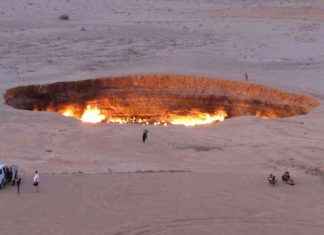Friends of the Alcazaba Association, in collaboration with the Ministry of Culture and Historical Heritage of the Junta de Andalucia and the Archaeological Museum of Almeria organized a new conference entitled ‘140 Years of Research on El Argar’. Gonzalo Aranda James, Professor of Prehistory at University of Granada and one of the authors of the book ‘La cultura El Argar: (c. 2220-1550 cal BC),’ which synthesizes the vast amount of information and knowledge.
Maria Teresa Perez, the President of Friends of the Alcazaba took the opportunity to defend the heritage of the association and recall that “Almeria has an extremely rich archaeological heritage.” Two of the most important Almerian cultures in Spain’s recent prehistory are El Argar and Millares. These two “flagships”, which have international fame, “need to be supported and committed to by the institutions.” She said that the campaign to make ‘Millares a World Heritage Site’ remains unable to comprehend, despite the undisputed potential of the site.
El Argar is the most significant archaeological culture in Spanish Prehistory. The international attention was quickly sparked by its discovery at the close of the 19th century. It was about the archaeological remains of a highly advanced society that existed at the time and had no reference in Western Europe. El Argar has maintained its international credibility and leadership in Spanish archaeology for almost 140 years. There have been dozens of excavations and 800 publications.
These are the premises that led to the creation of the book “The culture and history of El Argar” by Gonzalo Aranda (Sandra Monton) and Margarita Sanchez. It is a synthesis of all the scientific knowledge on the Argaric societies. This allows for the understanding of the various aspects, as well as the results and current scientific debates. This is how the “explained Aranda” addresses the origins of these communities, their temporal and territorial frameworks, their agricultural and livestock practices, and the environmental characteristics they faced.
According to the lecturer, “new discoveries are being made in multiple facets, both when investigating new archaeological sites and of the materials they contain, in economic practices and rituals… The most recent developments have to do with mobility of these people, paleogenetic analysis and mobility analysis, diet… A whole host of new research avenues are helping us to discover lesser-known aspects. There are 140 years of research, and there is more. In fact, we are just at the beginning. Archeology research is still young, and the Argaric world is just as young, despite its 140-year history. The news is, without a doubt exciting.
Many cultural innovations merit special attention. One of these innovations is the Argaric settlements on steep hills. The hamlet was densely populated by monumental buildings and houses that reflect a new urban and social concept. The burials became more individualistic and were located within the towns, often under the floors of the houses. The first time metal objects were produced, including ornaments, tools, and to a lesser degree weapons, was a breakthrough. It will be possible to meet various social groups who lived in the southeast peninsula approximately 4,000 years ago. These unique and innovative ways of living invite reflection about human cultural variability as well as its complex manifestations.
Gonzalo Jimenez said that “during the past decades there has been an important development in research, but we have been in an impasse for some time where there are not important research projects in Almeria.” He stated that while institutions like the Antas City Council do promote the Argar deposit investigation, it appears that there is an opportunity to develop opportunities in the near future.








